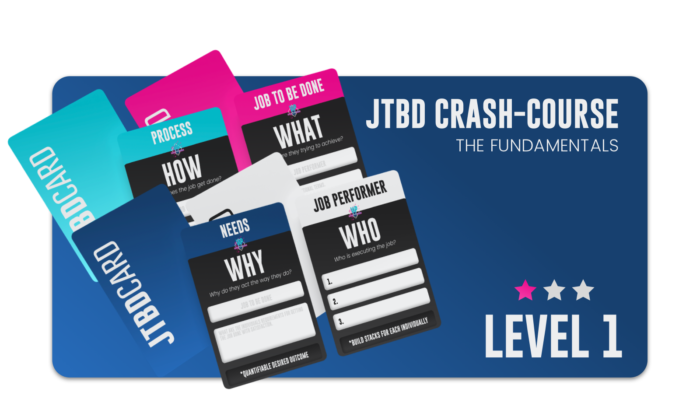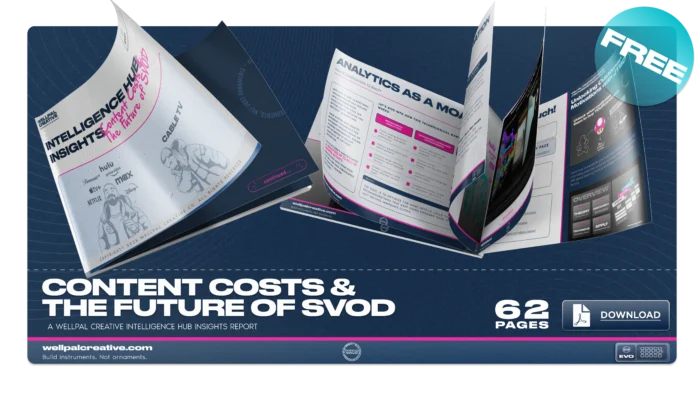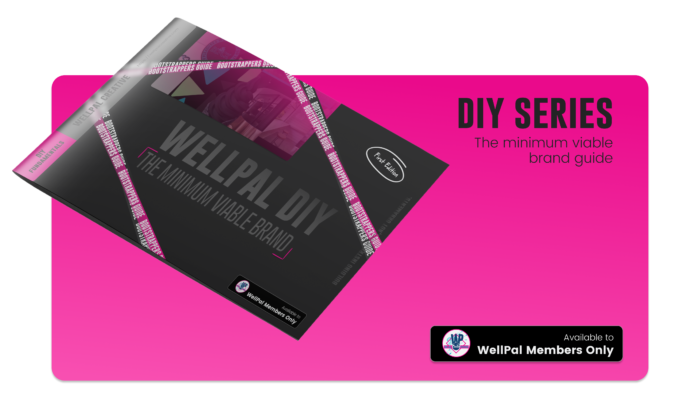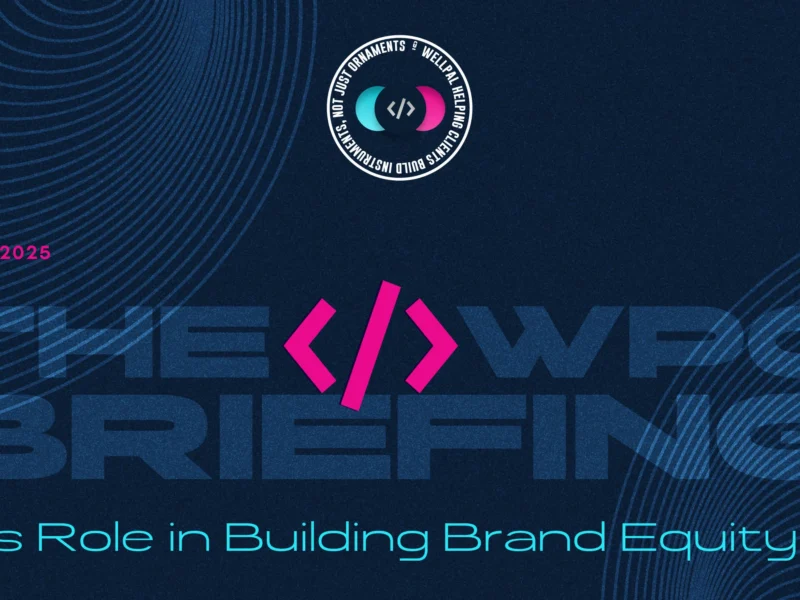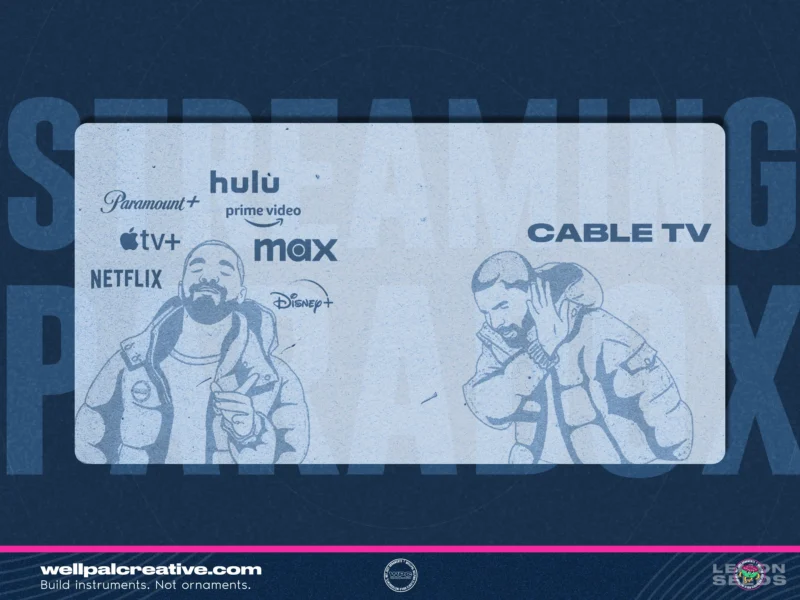COPYRIGHT © 2025 WELLPAL CREATIVE
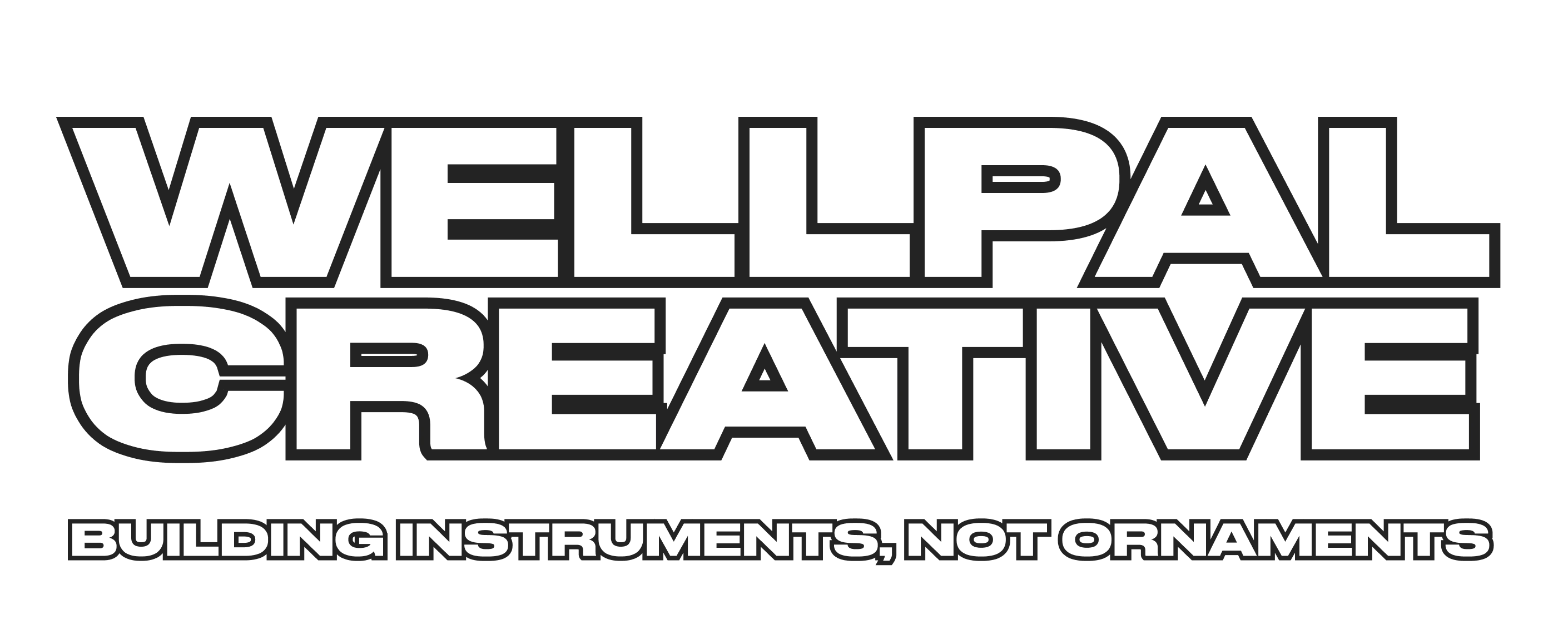
“Build Instruments. Not Ornaments”
Featured
-
JTBD Fundamentals
$200.00 -
DIY Series - The MVB Kit
$25.00
Recent Lemon Seeds
Copyright © 2025|2026 WellPal Creative
Lipstick on a Pig?
A 'lipstick on a pig' approach, making superficial changes to a flawed product or business model, typically lead to resource wastage.
Table of Contents
Intro
Bringing the pig to the Metaverse or Web3 will not change the fact that it’s still a pig.
I think by this analogy you can already feel what this expression of “lipstick on a pig” refers to; superficial or aesthetical changes to a business model, product, or service to cover up its true shortcomings.
This type of “strategy” only gets you so far. It truly does not guarantee a winning outcome, nor will it result in a sustainable business model or product life cycle. More often than none, it also results in wasted resources.
Are you dressing up old ideas and thinking you are “innovating” or “rebranding”?
The 2 most common areas for this kind of theatrics:
“Lipstick on a pig” theatrics can appear in different aspects of the brand.
- In the brand business model
- In the visual aspect of the brand/product/service
This time we will go into the first one and the second area will be highlighted in next week’s “Lemon Seed”
Most businesses and brand managers will simply resort to “applying more lipstick” to the pig.
Why brand strategy and business model blueprints should align from the start.
The reason why I approach brand building from the blueprint phase up is exactly to reduce the risk of ending up in this predicament and not knowing where to go.
It’s been more times than I would like that I’ve been presented with a project where it’s very clear that the “redesign” of the packaging is not going to make this thing succeed. Most often it’s this type of brand manager or founder who also puts a lot of expectation on the visual aspect of the product to mask the shortcomings under the hood.
This is not a stab at anyone, it’s just facts. And because of this, I want to make it a priority to educate my prospects and clients on the importance of building the brand business model properly before possibly wasting all your money on visual identity. I prefer to sleep at night with a clear conscience.
If the blueprint (business model) is designed in isolation based on C-suite or founder ideologies or wishes, and the brand strategy is plugged in later “when we are bigger”, you create the risk of growing a sort of Frankenstein brand that doesn’t know where it fits in for who it is and what it is.
Because of this brand identity crisis, the people in charge will easily tend to start adding features, digitizing, adding ping pong tables, creating an NFT, and all that “good stuff” just to attempt to move the needle. The illusion in this is the fact that you risk the fact that people will call B*LLSH*T on this move as it doesn’t make sense to their perception of your brand and what it stands for and the fact that it might not make sense to the stakeholders either and you risk their support or buy-in.
COMFORT AND FEAR IS WHERE INNOVATION GOES TO DIE.
Lipstick pig in business model “innovation”
It is a phenomenon all too familiar as a result of short-term planning leaders. The bottom line needs to move NOW.
The pirates, innovators, or intrapreneurs in established companies will be all too familiar with this. As their plans for a sustainable innovative addition to the portfolio get annihilated for investment or buy-in, if it isn’t supported by an extensive 60-page business plan (outdated, to say the least), to back up its short-term ROI.
This is how talent trickle out of otherwise very good companies and get leadership starts replacing them with new fancier and newer titled hires (ex. Metaverse Digital Ecosystem Director. cough cough).
They will start and build new bells and whistles that everyone is hyped about this minute and leadership will be happy. For a bit.
Fast forward (apply nuance), and it seems these cover-ups (the lipstick) didn’t really address the underlying problem (the pig) the previous innovator wanted to address.
These problems can be anywhere from culture to the end of the product lifecycle, lack of product-market fit, or wrong positioning.
But many times leaders (small and big companies alike) tend to put ego ahead and don’t want to face the music that MAYBE we need to look under the hood and see what’s wrong. And don’t get me wrong its not always ego as it can also be shareholder pressure to perform short-term (many many many VC funded ventures).
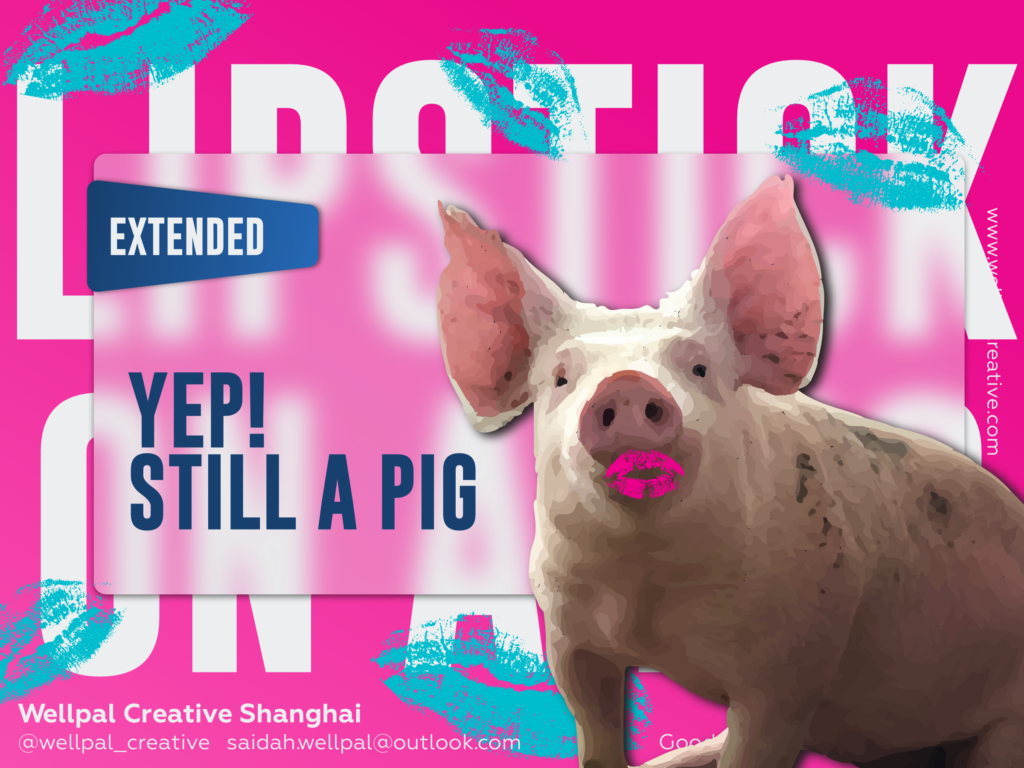
Example
You started a cosmetics brand for men. You pride yourself in the proprietary formula and how it is soooo unique at the moment. Fair enough.
You hired a decent graphic designer (not a brand designer perse), and she made you an awesome packaging and logo.
Now, full disclaimer, I don’t think there is anything wrong with this approach as for most entrepreneurs that is the easiest and cheapest way to get started. In my experience, it just ends up costing you much more money in the end. Know where and when you spend your money as a bootstrapping entrepreneurs especially.
Fast forward 2 years later and your momentum sales are starting to dwindle. So you go and iterate the proprietary formula and create V2.0. Cool. Sales and traction go up again.
Next sales dip comes along and you start scratching your head as you can only change the formula so much. So you start hiring a marketing manager to come up with some slick campaigns and promotions, perfect another spike in our numbers.
And so the endless loop goes.
This is the problem with many brands and especially startups and entrepreneurs. They tend to build the plane as they jump off the cliff. This is partly the case when you start, but it doesn’t mean you can have a blueprint lined out, prior, to how to go about it.
If this was done, you might’ve seen that it’s not sustainable for long-term growth to be product-focused anymore, but you need to start shifting your mindset to a more business-model-focused mindset.
By doing so you can shift from simply exploiting your current offering and building more and more “features” to actually exploring new avenues (future innovations) to sustain growth.
An example of a solution could’ve been that maybe we had to potential to re-purpose our current assets in delivering our value proposition and create a new business model for a different target group; for example, licensing out our formula to other brands.
A startup is pretty much a draft of an organization. Don’t get attached to your lipstick nor your pig.

So what can you do?
What is the next step if you’ve exhausted exploiting your current portfolio or business model? Keep in mind, that the disrupter is already designing their way into your market share and no amount of lipstick will change that.
Don’t start a business/brand to survive. Do it to THRIVE.
It’s time to take a good look under the hood. Explore what your current brand business model is and where new avenues can be created. Stop only relying on adding new features or technology to improve “efficiency”. Take inventory of your different resources and assets, monitor them, and see how they can be of use in different industries or segments of the market.
Solely relying on this and cost-cutting is not going to pay off in the long-run.
This goes for companies of ANY size and industry.
TIP: Explore business models outside of your industry that can elevate yours and give you an advantage over the stagnant ones in your category.
GO BEYOND MANAGING AND EXPLOITING AND START EXPLORING.
You can read up on the traditional “Business model canvas” or check out the WellPal Blueprint section.
I’m currently updating and iterating on this model which will be our “Blueprint” to focus more on building the business model with stronger brand strategy integration.
Feel free to get in touch to discuss your brands’ blueprint.


